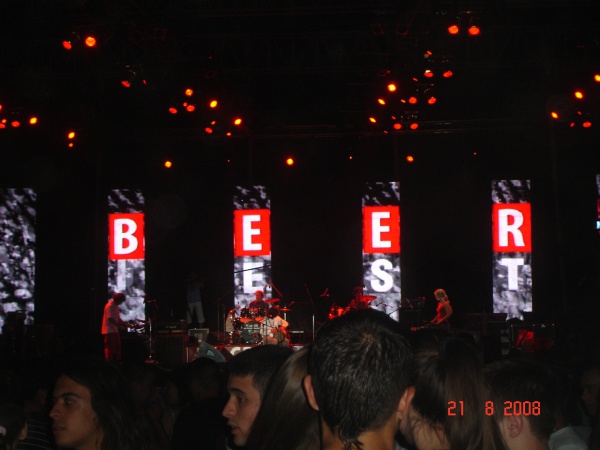Facts About Beer in Serbia
Beer holds a significant place in Serbian culture, with its history tracing back to the 15th century during the reign of Despot Stefan Lazarević. It was first introduced from neighboring Hungary and gradually gained popularity over the centuries. By the mid-18th century, beer production had escalated to an industrial scale. Today, Serbian breweries produce approximately 498 million liters of beer annually, with most exports directed to nearby countries and regions with significant Serbian communities.
When purchasing beer for home consumption in Serbia, it is commonly available in 0.5-liter deposit bottles, 0.33-liter glass bottles, and cans. Recently, larger plastic Q-pack bottles have also become increasingly popular. On average, Serbians consume about 60 liters of beer per person each year, ranking the country 38th in the world in terms of per capita beer consumption.
The Serbian beer market is dominated by three main breweries: Apatin Brewery, Heineken Srbija, and Carlsberg Srbija, which collectively control 95% of the market. In addition, there are notable domestic breweries such as Valjevo Brewery, BIP Brewery, Jagodina Brewery, and Niš Brewery, along with several smaller ones. Popular local brands include Jelen and Lav, alongside various foreign brands that are either imported or produced under license.
Traditionally, pale lager has been the preferred type of beer in Serbia, although dark lager and kvass are also available, albeit in smaller quantities. Beer festivals play a significant role in Serbian culture, with events like the Belgrade Beer Fest and Dani Piva in Zrenjanin celebrating both local and international brews. These festivals are not just about beer; they also feature live music and a vibrant atmosphere that attracts large crowds.
